For experienced riders looking for a reliable and rugged all terrain vehicle (ATV), the Honda TRX250X is an excellent option. This ATV is easy to handle and provides a comfortable ride even on bumpy terrain, thanks to its wide power band and long suspension. It also comes in a variety of stylish colors, making it an attractive choice for the trails. For those who want a vehicle that can provide both family fun and work tasks, the 4-seater Can-Am Commander MAX XT is the perfect choice.
It is the only EFI vehicle in the industry with improved safety features and child-friendly features for young cyclists aged 6 and over. Additionally, storage racks are a great way to add extra space to your vehicle and keep your belongings secure no matter where you go. When it comes to choosing the best off-road utility vehicles, it's important to consider the benefits of both ATVs and UTVs. ATVs are great for tackling mud, while UTVs offer more passenger capacity and safety features.
For an unforgettable off-road experience, try out the Polaris range of vehicles: rent ATVs, UTVs and side-by-sides, from trails for ATVs, UTVs and side-by-sides, from off-road trails and sand dunes to rocks crawling through rocks and mud off the road. When planning an off-road experience with the family, two key factors to consider are passenger capacity and vehicle safety. Make sure you choose a vehicle that can accommodate everyone in your group comfortably. Additionally, look for vehicles with safety features such as roll cages, seat belts, and other protective equipment. Finally, it's important to know the maintenance tips for off-road vehicles to ensure that your vehicle remains in top condition and performs at its best.
Regularly check your tires for wear and tear, as well as any other parts that may need replacing or servicing. Additionally, make sure you have all the necessary tools on hand in case of any emergency repairs.
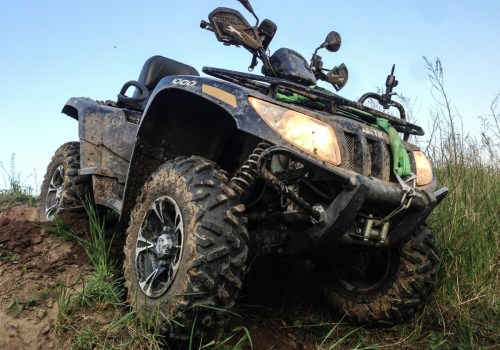
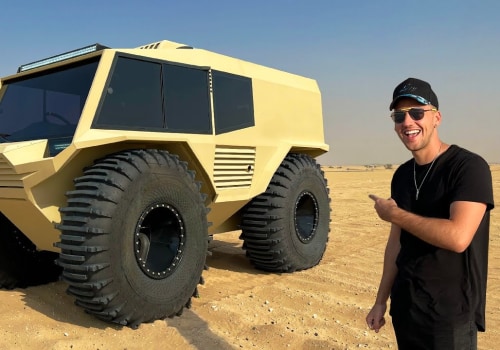
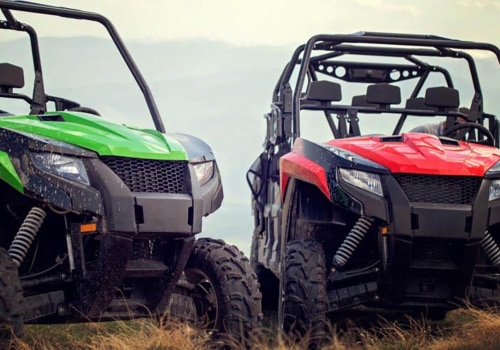
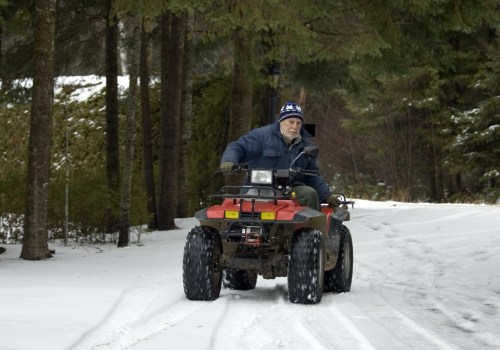
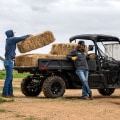
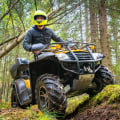
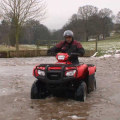
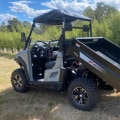
Leave Reply